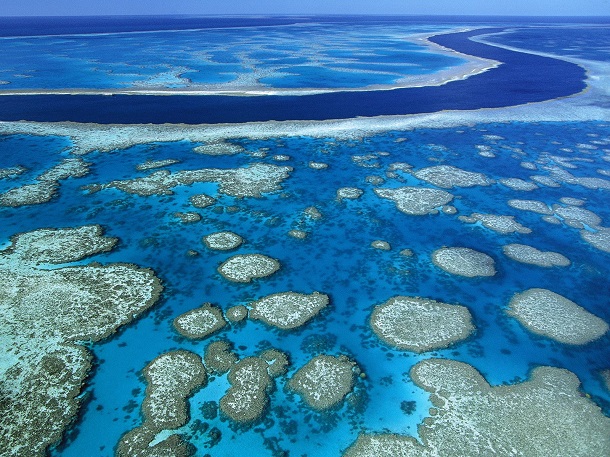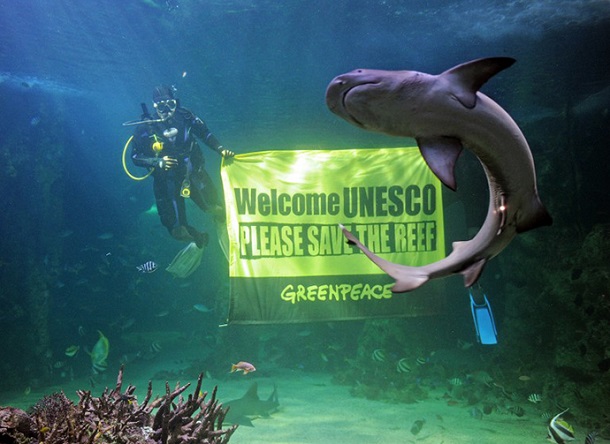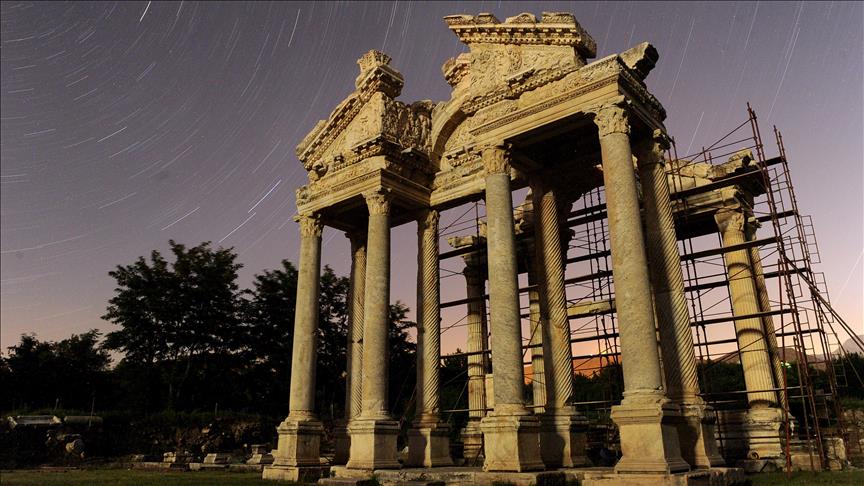What the dumping permit awarded by The Great Barrier Reef Marine Park Authority does is allow two Indian firms and an Australian billionaire miner Gina Rinehart to expand the country’s port of Abbot Point in order to tap into the coal-rich inland Galilee Basin.
The companies and Rinehart have a collective $16 billion in coal projects waiting to be started, Reuters explains. The two terminals planned by Adani Enterprises and the joint GVK-Hancock venture between India’s GVK group and Rinehart’s Hancock Prospecting, wish to export 120 million tons of coal a year together.
UNESCO had declared the place a World Heritage site in 1981. It supports a fantastic array of marine species and plant life. The Great Barrier Reef is nearly the size of the US state of Montana, covering an area of some 350,000 square kilometers. Over 2,000 different fish species exist there, with new ones being discovered each year; while coral species number a huge 4,000 species.
Environmentalists, scientists, tour operators and many others had fought the plan on the premise that ship traffic around the fragile corals and seagrass will double. After all, the beauty of the landmark is already quickly fading due to rising water temperatures and changing ecological conditions.
A collective letter was sent to the chairman of the independent watchdog authority, Russell Reichart, explaining that “the best available science makes it very clear that expansion of the port at Abbot Point will have detrimental effects on the Great Barrier Reef. Sediment from dredging can smother corals and seagrasses and expose them to poisons and elevated nutrients.”
Greenpeace joined the chorus, saying that the dump will become an “international embarrassment,”adding that going ahead with the project is tantamount to dumping garbage onto Vatican City or into the Grand Canyon and other sites of cultural importance.
But even UNESCO itself, in consultation with the Australian government, has decided to hold off on its decision to classify the place as “in danger”, or alter its heritage status in any way until June 2014. It says it is waiting for the government to submit a report on how it plans to address all the environmental concerns.
Reichart said in response to all the concerns that Abbot Point’s expansion will mean less dredging than expanding other ports. The chairman told reporters in a statement that “it’s important to note the seafloor of the approved disposal area consists of sand, silt and clay and does not contain coral reefs or seagrass beds.”
The authority did impose strict guidelines on the dumping. They dictate that no damage is to be done to areas beyond 20km from the disposal site.
Many, however, believe that the idea of having guidelines is very dubious, given the lessons of history, including sediment leakage at other sites. Jon Brodie, a senior researcher at James Cook university added in an interview to ABC News Online that the three million cubic meters of sludge, mud and sands will have a dangerously cumulative effect on the surrounding areas as well, setting a precedent for harmful developments along the Queensland coast.
In reference to similar projects along the Great Barrier Reef coast, he added that the initiative “will add to the destruction of a system that is already going downhill badly.”
When the projects will kick off is yet to be decided. The fluctuating prices of coal and China’s attempts to stabilize its smog situation by curtailing its reliance on coal energy have put a dent in Adani and GVK-Hancock’s plans.
[adrotate group=”12″]



